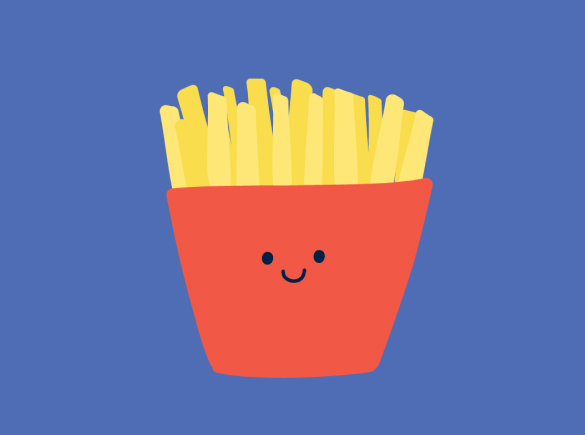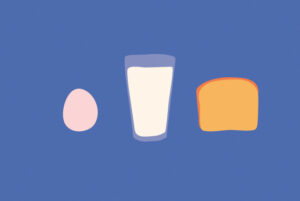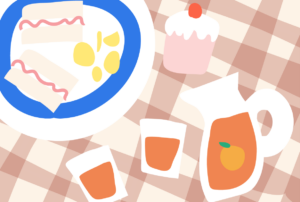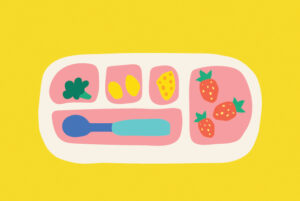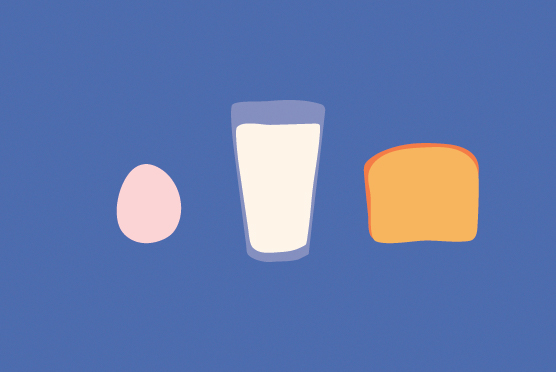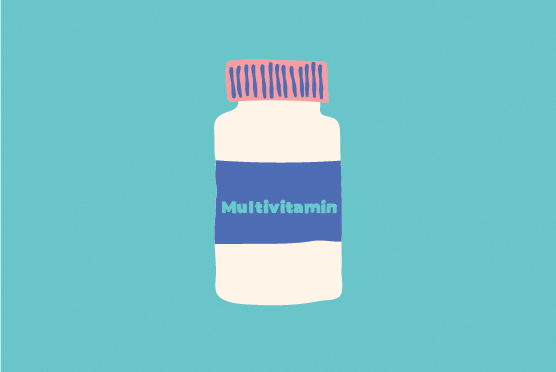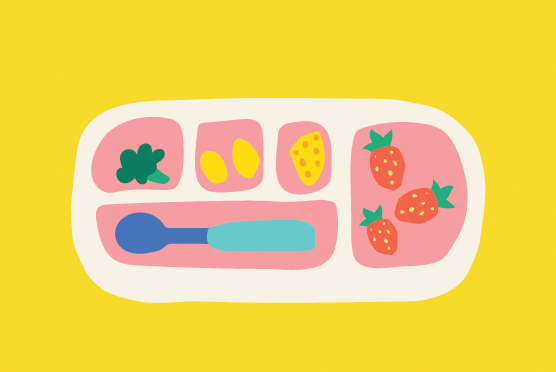Inside this article
If you’ve ever wondered why your child gravitates toward beige foods – think crackers, pasta, rice, and bread – you’re not alone. While a preference for “beige food” may seem like just a picky eating phase, it’s actually a typical behaviour for many children.
In this blog, you’ll learn;
- Why are children drawn towards beige foods? What’s the appeal?
- Are beige foods a good source of nutrition?
- Nutritious food options for beige food-loving kids
Why are beige foods so appealing to kids?
Many parents worry when their child, who once loved all manner of foods, suddenly starts gravitating towards plain or beige foods. Due to the nutritional information you are surrounded by, many parents are also led to believe that beige foods are “bad”. Or they lack nutrition, or that preference for these foods is something to be concerned about. In fact, a preference for beige foods can be exceptionally common. Especially during the toddler and preschool years, for the following reasons;
- Beige foods provide children with something that can be highly desirable during the toddler years, particularly if a child is experiencing a phase of food neophobia (fear of new or unfamiliar foods). Predictability! Beige foods are generally consistent in their appearance, texture, and feel. In this way, they are easier and ‘safer’ to eat than foods that are less predictable or may possess stronger or more challenging tastes and textures. Such as vegetables or meat.
- Young children need plenty of energy to support their growth and development. Carbohydrate foods (often a ‘beige’ option) provide just this! They are generally a rich source of energy, perfect for fuelling busy bodies and minds.
- For many busy parents, beige foods like pasta, crackers, and bread are often perceived as convenient, easy to prepare, and relatively mess-free. They are also foods that parents tend to offer more regularly. Children notice what is available and familiar to them, and they may develop preferences based on what they are frequently provided.
Are beige foods a good source of nutrition?
Beige foods can get a bad wrap but are far from devoid of nutrients, all offering valuable nutritional benefits. Alongside all-important energy, here are some key nutrients found in everyday beige foods kids love;
- Pasta: A great source of complex carbohydrates, B vitamins and fibre. Many parents are surprised to hear a small bowl of pasta could provide 20-30% of a toddler’s daily protein requirement.
- Bread: A great energy source. B vitamins and nutrients like calcium and iron are added to white flour in the UK.
- Cereals: Many breakfast cereals are fortified with essential nutrients like iron, calcium, and vitamin D. Which are essential for healthy bones and cognitive development. Choosing cereals with whole grains can provide fibre to support digestion and gut health.
- Fish Fingers: An easy way to incorporate protein and even omega-3 fatty acids (if you choose omega-3 enriched ones). Fish fingers made from white fish like cod or haddock offer essential nutrients for brain development, like iodine.
- Potatoes: A firm favourite for many children, potatoes are rich in vitamin C, potassium, and fibre, especially when eaten with the skin on.
- Crackers: Often made from whole grains, crackers provide a source of carbohydrates and fibre.
- Chicken Nuggets: While often frowned upon, chicken nuggets are a good source of protein, essential for muscle development and growth. Opting for baked versions can make them a healthier choice.
Nutritious options for beige food-loving kids
If you’ve got a child who is in their beige era when it comes to food, here are some swaps, additions, and suggestions to maximise nutrition coming from beige foods;
Pasta
Consider trying pasta made with wholegrain flour for extra protein and fibre. Pea, red lentil and chickpea pasta also provide additional nutrients. If our child won’t tolerate a straight switch, why not try 50:50? Easy additions to pasta, like a drizzle of olive oil or a sprinkle of cheese or seeds, can also boost nutrition. If your child prefers plan pasta – add a bowl for dipping or start with tiny amounts of sauce initially
Rice
Consider adding different herbs and spices to support variety. Cooking rice in bone broth or coconut milk can also add extra nutrients. For extra fibre, consider including a mix of white and brown rice, or try other grains like cous cous, buckwheat or quinoa.
Cereals
Fortified cereals and oats can be a fantastic way to support your child’s intake of key nutrients like iron and zinc. Some cereals can be high in salt and/or sugar – therefore, try to choose lower sugar and salt options, those higher in fibre or whole grains, or consider a 50/50 mix between cereals.
Bread
Consider choosing 50/50 breads or wholegrain varieties to support your child’s fibre intake. You can also find bread with extra nutrients added like calcium or iron – these may be labelled as ‘added vitamins’ or ‘vitamin boost’. Bread is also the perfect vehicle for a variety of nutritious toppings – from nut butter to avocado or cream cheese.
Potatoes
Easy additions to potato dishes can pack in extra nutrition. For example, leaving the skin on will provide more fibre, or combining mashed butter beans with mashed portato adds iron, calcium and fibre.
Crackers
Simple swaps to wholegrain varieties, e.g. wholemeal cream crackers or swapping for oat cakes, can increase fibre and protein intake. Think about extras to have alongside crackers like hummus, cream cheese, chia jam, tahini or an olive oil spread.
If you are worried about the variety in your child’s diet, check out the following blog article you may find helpful: Top Tips for Picky Eating

